Thing 1 – Lek
The more time you spend observing and thinking and mulling things over – I mean really looking at the world and standing back and assessing it in as objective a way as you can – the more you come to the conclusion that the natural world is absolutely deranged.
Take lekking.
It’s a phenomenon observed in quite a few species, most famously birds (but also, I discover, some fish, mammals, crabs, wasps and flies). And while a lot is known about it, there are still areas of great uncertainty. Isn’t that always the way?
The basic principle is this. A group of males assemble. Their purpose: to woo. (If only owls were in the habit of lekking I could have squeezed in the old ‘to wit: to woo’ line first coined, I think, by Frank Muir. But they don’t, so I can’t. But I digress.)
The males are in competition with each other, for sure. But there’s also safety in numbers. One Sharp-tailed Grouse (say) is an easy target for a passing eagle. A group of them is a different proposition.
The lekking site might be a dip in the ground or some other natural stage, the purpose being to make the lek more visible and/or audible to the target audience. From a human point of view, this only adds to the theatre of the spectacle.
The competitive wooing sometimes manifests itself in extreme ways, each participant trying to outdo the others in their attempt to impress the attendant female or females. Sound might play a part – grunting and snorting and squeaking (other sounds are available).
The visual aspect is important, too. What’s the point in having prominent yellow eyebrows, purple neck patches or white powder puffs on your backside, if you’re not going to flaunt them in the interests of procreation?
There’s still some uncertainty about the exact reasons for lekking, with three competing hypotheses:
Preference – females prefer lekking because it gives them greater benefits than mating with individuals at solitary sites
Hotshot – females prefer to mate with attractive males and the unattractive ones hang around in the hope of a bit of reflected glory
Hotspot – males gather where they know they have a higher chance of encountering females
As always when I encounter such things, each one makes perfect sense until I read the next one. Such niceties remain well above my pay grade.
As well as the above uncertainty, the behaviour carries with it an apparent paradox – the ‘lek paradox’ – which (rather than my attempting a botched and overlong explanation) you can read about here.
Never mind the science, though. More than anything else, leks are fun and fascinating to watch, especially when expertly filmed. This short, depicting a Sharp-tailed Grouse lek, was captured in the grasslands of western Canada by Liron Gertsman, and won the gold award in the video section of the Bird Photographer of the Year competition.
Thing 2 – Counties
I’ve been out and about recently, pimping my book.
First port of call was Cley-Next-The-Sea in Norfolk. Time spent there is as close to a cure-all as I know of, especially when you get to experience something like this.
Pink-footed geese, if you’re wondering. The kind of thing that lifts the heart and sends a surge of whatnot through the soul and near as dammit makes you want to write poetry. It should be available on prescription.
Then to Scotland. Wigtown, to be precise, there to take part in its excellent book festival.
This is not a short journey.
Now, what I really wanted to do was undertake this whole odyssey – London-Cley-Wigtown-London – using public transport and bicycles. So I looked into it.
The first step involved ascertaining the nearest railway stations to my two destinations. This is actually not as easy as you might think, because the search facility on National Rail’s website allows you to find a station if you know its name (or, because this is knowledge that every decent citizen has at their fingertips, its three-letter code), but it’s less good at finding the nearest station to a given place.
But you can download a map of the entire network as a PDF, so with some cross-referencing between that and an actual map I was able to ascertain that the nearest station to Cley-Next-The-Sea is Sheringham and the nearest to Wigtown is Stranraer.
Yes, I could have Googled them, but I like maps, OK?
The first leg would be fairly straightforward: a combination of trains and then cycling across London (can’t take bikes on the tube) and then another train or two (always assuming they would allow bikes on them, which… well, we never got as far as finding out, as you’ll see) and then a short six-mile bike ride along the North Norfolk coast. What could be pleasanter?
Getting from Cley to Wigtown would have been a bit more involved.
I say ‘a bit’.
It’s 39 miles from Stranraer to Wigtown. Now, I’m a keen enough cyclist, and not totally unfit. Thirty-nine miles would amount, being realistic, to about four hours of cycling (including the inevitable rests). Not to be undertaken lightly after a train journey lasting… let me see now… nineteen hours.
Even taking the bikes out of the equation, and availing ourselves of local and not-so-local buses, this little jaunt would amount to a 24-hour, overnight journey involving seven buses and three trains.
So we drove. AND TO HELL WITH THE ENVIRONMENT.
What all the above nonsense is in aid of is this.
As we drove we were periodically greeted by signs welcoming us to a new county.
And this led us, with little else to occupy our minds, to wonder how many counties we’d accumulated on our journey.
Talk about a can of worms. The county system in England is notoriously complex. It’s a subject explored in amusing detail here by the excellent Jay Foreman.
And watch this, by the equally excellent Matt Parker, for a fun exploration of landlocked, double landlocked and even triple landlocked counties and countries, from which I learn the excellent fact that the four double landlocked counties in England are Bedfordshire, Buckinghamshire, West Midlands and the City of London.
While we’re briefly on the concept of double landlocking, I’ve long harboured a desire to bring about the first competitive sporting fixture between the world’s only two double landlocked countries, Uzbekistan and Liechtenstein.
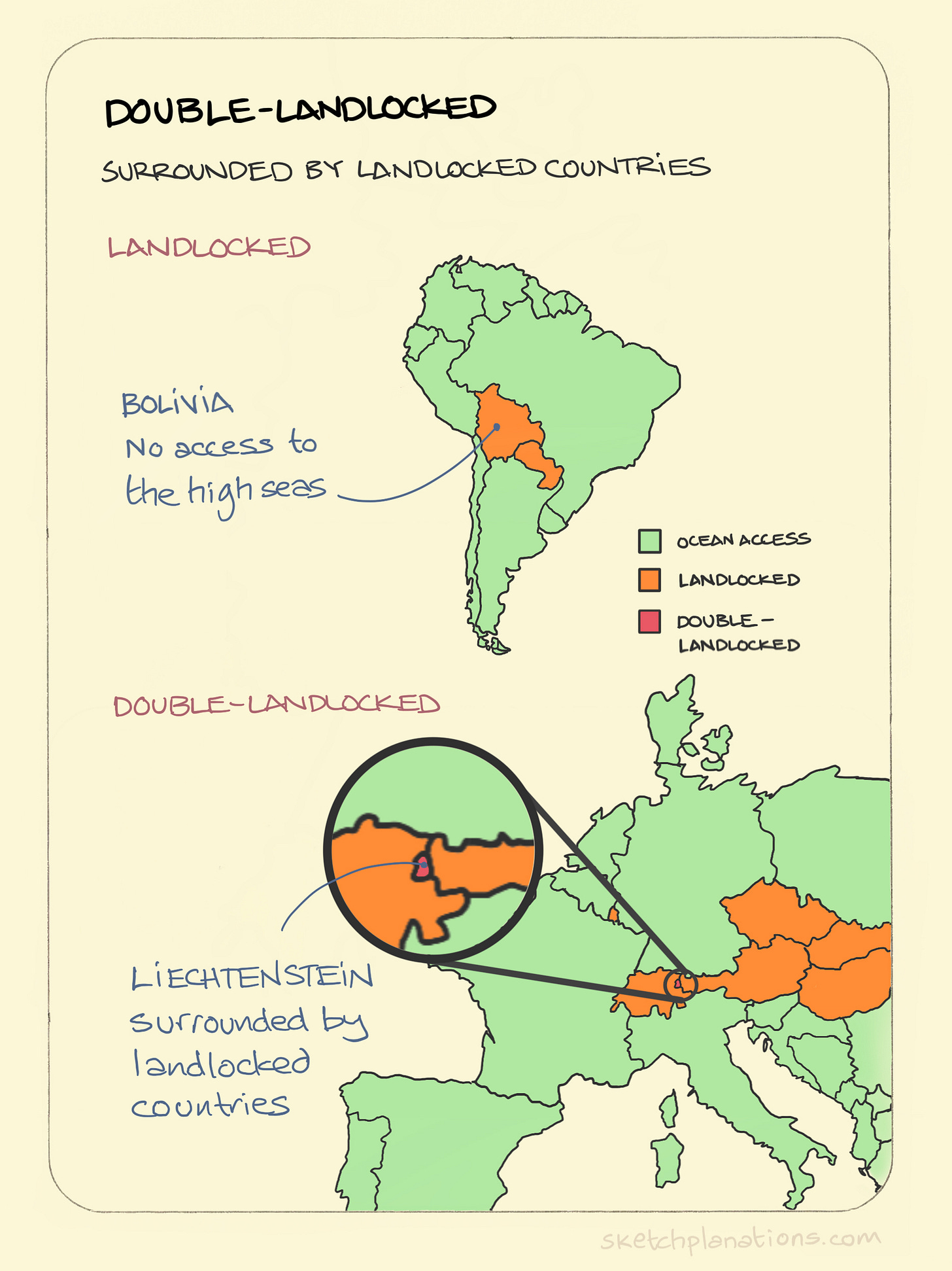
At the time of writing, chances of my brokering such an encounter are classified as ‘slim’.
And while we’re briefly on Liechtenstein, it has the most Olympic medals per capita (1 for every 3,600 inhabitants) of any country, and seven of them have been won by members of the same family.
BUT I DIGRESS.
On our journey from London to Cley to Wigtown to London, we went through neither Uzbekistan nor Liechtenstein, but we did amass a total of 24 counties1, which is a nice haul.
So now you know.
The geese, of course, wouldn’t be bothered by such complexities. Nor would they be bothered which county they were entering or leaving. Faced with a journey like that they would simply fly there, lifting the hearts and sending surges of whatnot through the souls of all who encountered them, and perhaps inspiring them (near as dammit) to write some poetry.
I know two excellent books about geese, one by Nick Acheson (who was, coincidentally, my interviewer at Cley) and one by Steve Rutt. Knock yourselves out.
Thing 3 – Planes
You might think, as one who has explored the phenomenon of flight in the animal kingdom to the extent of writing a book about it, that my research would have led me to some sort of proficiency in the pleasing art of paper plane folding.
You might think.
But I was so caught up with learning about such arcana as the upper size limits of pterosaurs (huge) and the fossil record of bats (sparse) that this calming activity, flirted with in childhood, passed me by.
But now I’ve found this website I might just give it a go.
It is pleasingly complete, with instructions for folding 49 designs (the King Bee, the Vulture and the Fast Swallow immediately caught my eye), and tips for effective folding (crisp folds good, asymmetry bad). And from it I also learn that there are official world records for paper plane throwing (of course there are).
Here’s how you make a world record paper plane.
Since that video was made, however, the record has been beaten. Dillon Ruble, Garrett Jensen and Nathan Erickson worked for 6 months to optimize their design and achieved a final distance of 88.318 meters (290 ft). Here’s how they did it.
And here’s how it happened.
In many ways this is even more impressive than single-discipline events such as the javelin, where contestants merely learn how to do one thing: throw a stick far. These guys do the designing and the throwing. Chapeau to them.
It leads me to wonder what would happen if they enlisted a top flight javelin thrower to their cause. Like the putative football match between Uzbekistan and Liechtenstein, I yearn to make this happen, but not nearly enough to actually make it happen.
If your taste is more for artistic folding, you can learn how to make the classic ‘crane’ design,
or simply watch this delightful little stop-motion film.
Thing 4 – Duck
An excellent selection of cards from New York Public Library, each one recording a query from a member of the public in the Before Times, when information (as well as its cousins, mis- and dis-) wasn’t instantly available on a screen near you.
Some favourites:
“What is the natural enemy of a duck?”
“Can I get a book telling me how to be mistress of ceremonies at a musical orgy?”
“Asked for nutritional value of human flesh.”
Thing 5 – Bait
This film is one minute long. It is, I think, a minute well spent.
Thanks to Brendan at Semi-Rad for sharing it.
Thing 6 – Owls
I’m a big fan of the work of Moose Allain (have I said this before? I think I’ve said this before.) His art is charming and ever so slightly odd, and he elevates the pun to something rather higher than the kind of thing people like me are fond of dashing off because they’re polluting our heads and we have to get them out, OUT, DO YOU HEAR?
Ahem.
Anyway, here is Moose’s lovely ‘owls’. It makes me smile, and that’s always good.
You can buy it (each one’s drawn to order) here.
OK, if you insist: Surrey, Kent, Middlesex, Essex, Hertfordshire, Cambridgeshire, Suffolk, Norfolk, Lincolnshire, Nottinghamshire, Yorkshire West Riding, Yorkshire North Riding, Westmorland, Cumberland, Dumfriesshire, Kirkcudbrightshire, Wigtownshire, Lancashire, Cheshire, Staffordshire, Warwickshire, Oxfordshire, Northamptonshire, Buckinghamshire. I’m using the ‘historic counties’ rather than any of the other systems because it’s the one I grew up with. Besides, I like the cut of ‘Kirkcudbrightshire’’s jib. If you want to work it out for any of the other systems, I am powerless to stop you.

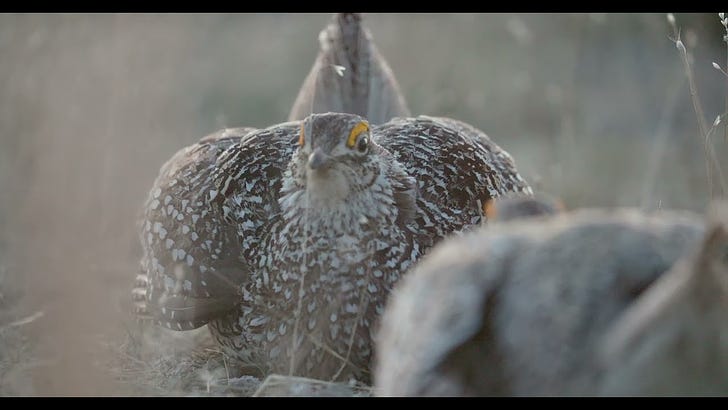




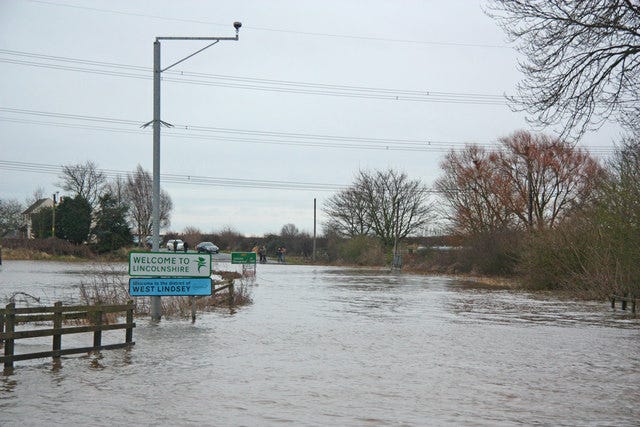
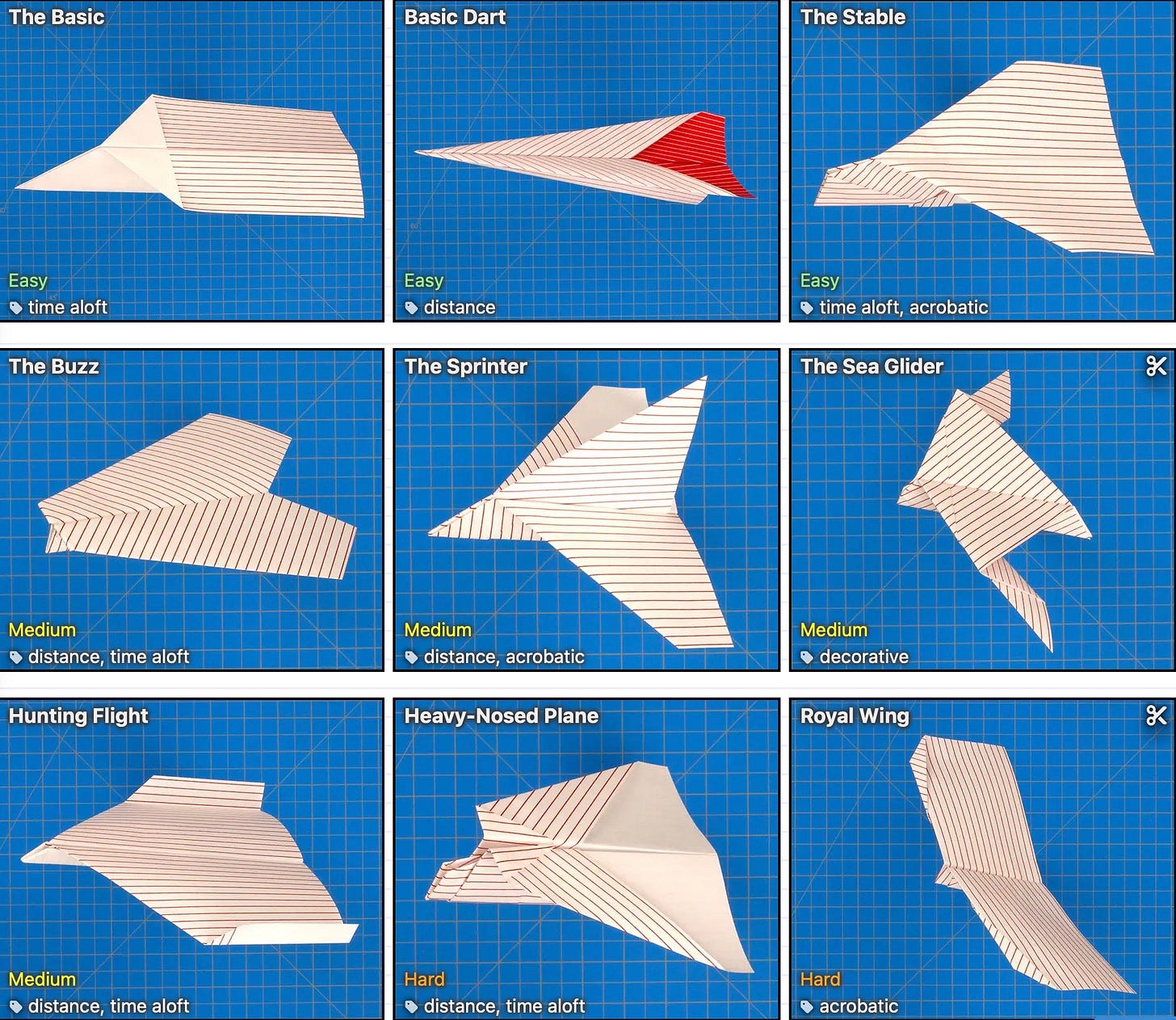

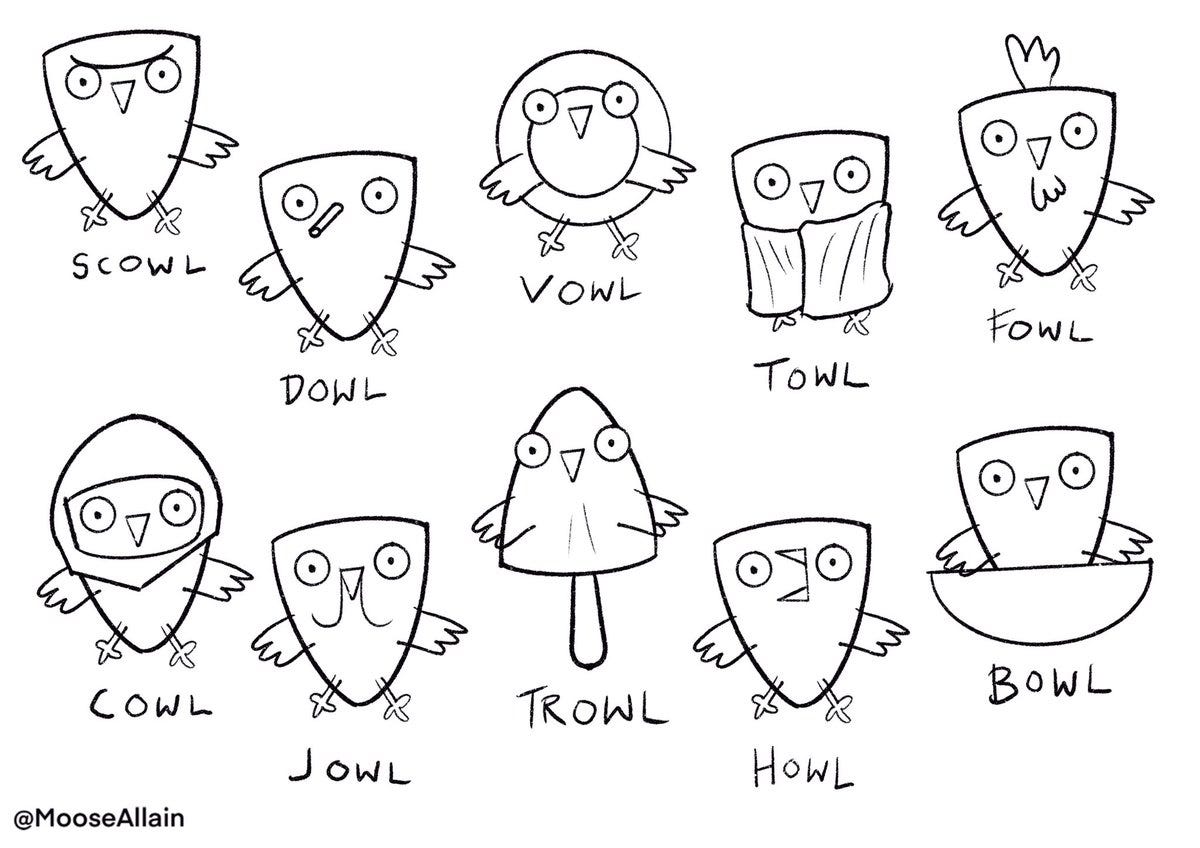
When I were a lass growing up in west Yorkshire, and had a proper Yorkshire accent, I would talk of "laking out" with my friends. Which of course comes from old Norse, leke, to play. This has given me the huge advantage of perfectly understanding Norwegian road signs warning me that children are about.
Some very fine rabbit holes there, thank you. I am going in on Matt Parker's challenge of triple or more landlocked with several French départements that could possibly be 6 or 7 times landlocked... I mean if English counties qualify...